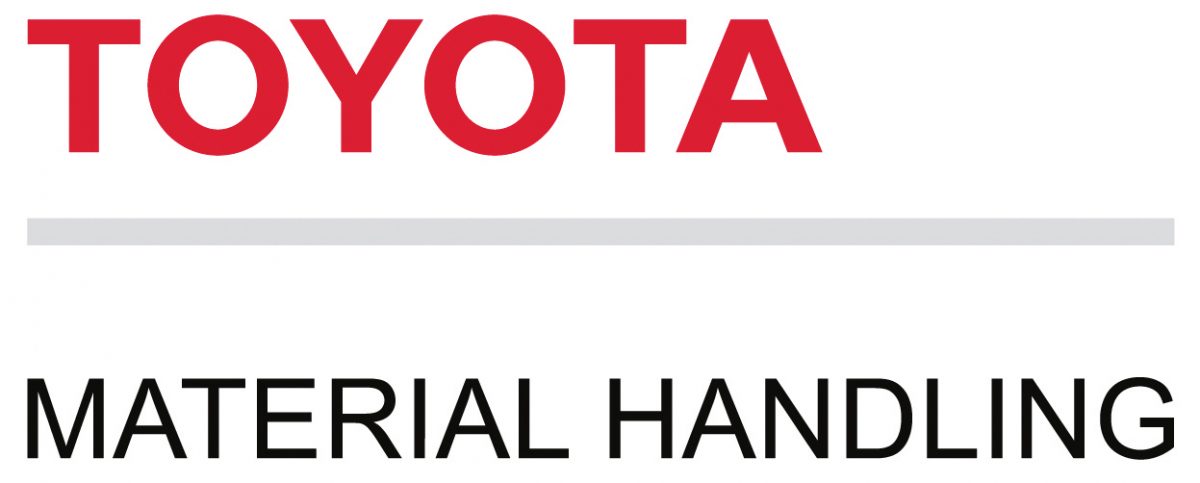Forklift Technology is Crucial for Workplace Safety
The number of workplace accidents involving forklifts remains obstinately high. Which is why Cold Chain Federation member Toyota Material Handling continues to develop new and better safety technology, says the company’s QHSE Manager, Paul Mulcahy
Safe response
Despite the noteworthy efforts over many years of such respected organisations as the Fork Lift Truck Association (FLTA), the British Industrial Truck Association (BITA) and the United Kingdom Warehousing Association (UKWA) to shine a spotlight on the often devastating consequences of lift truck accidents, the number of workplace accidents involving forklifts remains obstinately high.
Indeed, according to the Health and Safety Executive, a worker in the transport and distribution sector suffers a serious injury as a result of an incident involving a lift truck every single day of the year.
Forklifts colliding when entering or leaving an aisle, trucks overturning and machines colliding with pedestrians within a warehouse or other industrial site, are among the most common type of accidents recorded.
And, in the overwhelming majority of cases, responsibility for the mishap is initially deemed to lie with the truck operator so, clearly, any innovations in lift truck technology that alert the operator to approaching risks have a crucial part to play in making trucks and the environment in which they work safer for everyone.
Toyota has always been at the forefront of the development of new and advanced safety solutions. For example, as long ago as 1999 we launched our iconic SAS – System of Active Stability.
Regarded as one of the most important safety developments in the material handling industry, the Toyota SAS dramatically reduces the risk of truck tip-overs by detecting unsafe operating conditions. In simple terms, if the system’s sensors recognise a hazard, features that immediately enhance a truck’s lateral and longitudinal stability are automatically triggered – making it considerably harder to roll or tip the machine.
The patented System of Active Stability is a standard feature on most of the models in the Toyota range and, to further improve warehouse safety, a wide range of add-on devices are also available.
For example, safety spot lamps are a simple, but nonetheless highly effective means of alerting pedestrians to the presence of a lift truck. Priced at under one hundred pounds and sold online at www.toyota-forklifts.co.uk, the simple-to-fit LED light projects a clearly visible blue or red spot several metres behind or in front of the truck to warn those on foot that there is an approaching forklift.
Alternatively, Toyota’s SpotMe is a far more sophisticated warning system. In areas with poor visibility, SpotMe reacts to heat emissions to alert truck drivers and pedestrians to the potential dangers of collisions. After observing a moving object, the system’s sensor sends a signal towards a warning unit, which alerts employees with a flashing light. SpotMe is a stationary warning system that can be scaled to fit all sizes of business and placed anywhere.
While the lift truck industry has taken huge steps forward when it comes to developing technology to reduce risks, managers and supervisors at all sites where forklifts are in operation continue to have an essential role to play in optimising site safety. Of course, under the Health and Safety at Work Act 1974, employers are legally required to provide safe systems of work and adequate supervision: good and effective management has been shown time and again to reduce accident rates.
With fleet management tools, such as Toyota’s I-Site Explorer available, modern warehouse professionals have a host of data at their disposal to constantly measure and analyse the safe performance of each truck.
For example, in addition to recording and delivering a host of detailed collision information such as the date, time and intensity of an impact, Toyota’s I-Site Explorer package features a range of tools to ensure maximum on-site safety. One such device is the system’s ability to make sure that the truck automatically goes into creep speed after a collision and can only go back to full capacity after being checked by a technician or re-set by an authorised person.
I-Site Explorer also controls forklift access to make sure only trained and authorised drivers can operate machines, while unique driver profiles can be created for increased safety.
In addition, I-Site technology indicates a validity date for an operator’s training certification and can send management an email notification in advance of when the training is due for renewal. If training dates are specified for a driver the system will automatically restrict access if the training expires to help ensure drivers remain competent.
Warehouse trucks from Toyota are factory-fitted with integrated telematics as standard, making them Smart Trucks. For one-truck customers or those that have a large forklift fleet across multiple sites globally, connected trucks provide the right information to make sure management remain in total control of the operation (licence fees are required).
Forklift accidents invariably bring significant costs as a result of lost productivity, building or product damage and, in many cases, fines and compensation claim pay-outs. However the biggest impact is usually on the worker –or workers – that have suffered or witnessed an injury. So, while successful warehousing and order fulfillment is all about maximising efficiency and productivity, those joint aims should never be achieved at the expense of safety.
For more information visit www.toyota-forklifts.co.uk
Paul Mulcahy is Toyota Material Handling UK‘s Quality, Health & Safety and Environment manager. He has over 30 years’ experience of the materials handling industry.


Leave a Reply
You must be logged in to post a comment.